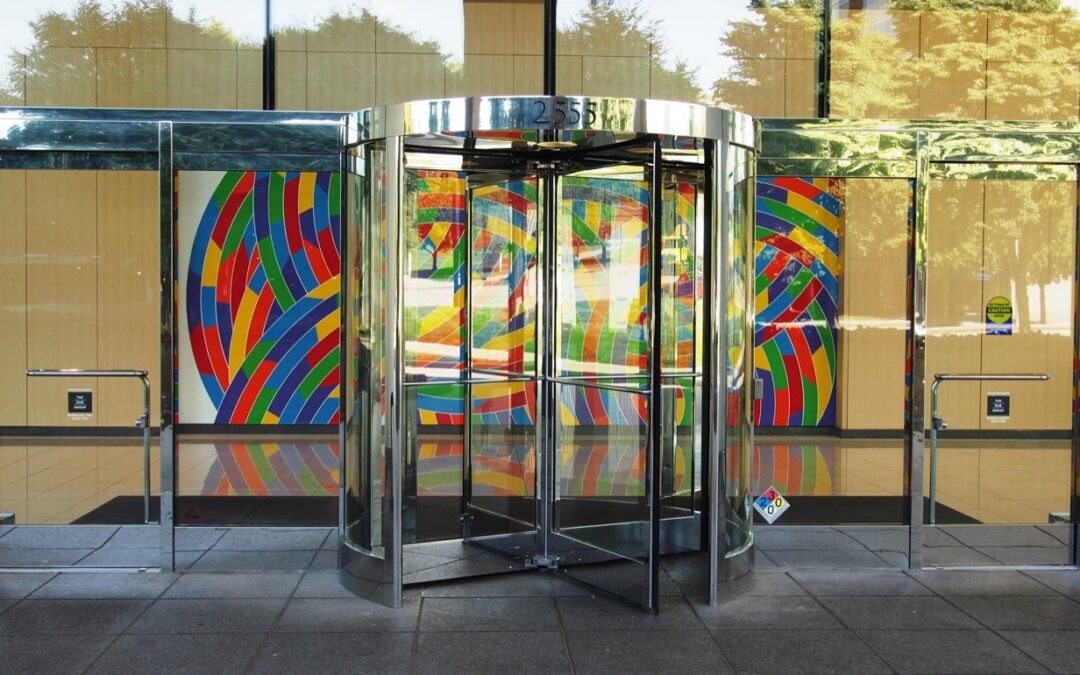As the winter season deposits snow, ice, and sleet on sidewalks, parking lots, and roads, facility and property managers concerned about safety may be tempted to begin salting. However, salt may not always be the best option to melt ice and snow.
Grounds management experts with SSC Services for Education, a Knoxville, Tennessee-based company that provides facility management for more than 140 educational clients in 27 states, suggest you consider the alternatives before you grab that bag of salt. One of SSC’s clients, University of Wisconsin Superior in Superior, Wisconsin, reduced salt usage on campus by 65%, gradually switching from applying only granular salt and ice melt product to using a salt and sand mix where possible, according to Brayden Ward, Unit Director for SSC Services for Education at the university.
There are many advantages to salt. It quickly melts ice and snow under the proper conditions, creating safer roads, parking lots, and sidewalks. It also creates a layer of brine that keeps ice from bonding to surfaces, says Chris Metcalf, Grounds Manger for SSC Services for Education at Aurora University in Aurora, Illinois.
However, ice can corrode vehicles and cause permanent damage to structures such as bridges and parking decks, wearing down cement and brick over time and causing expansion cracks, says Ward. Salt also has negative effects on the environment. It can compromise groundwater and increase the sodium content in bodies of water, which can be fatal to aquatic ecosystems. “It only takes one teaspoon of salt to permanently contaminate 5 gallons of water,” says Ward.
When applying any ice and snow removal chemicals, be sure to do a timely rinse when weather allows. This will prevent erosion of many metal, wood, and stone surfaces in your facilities.

